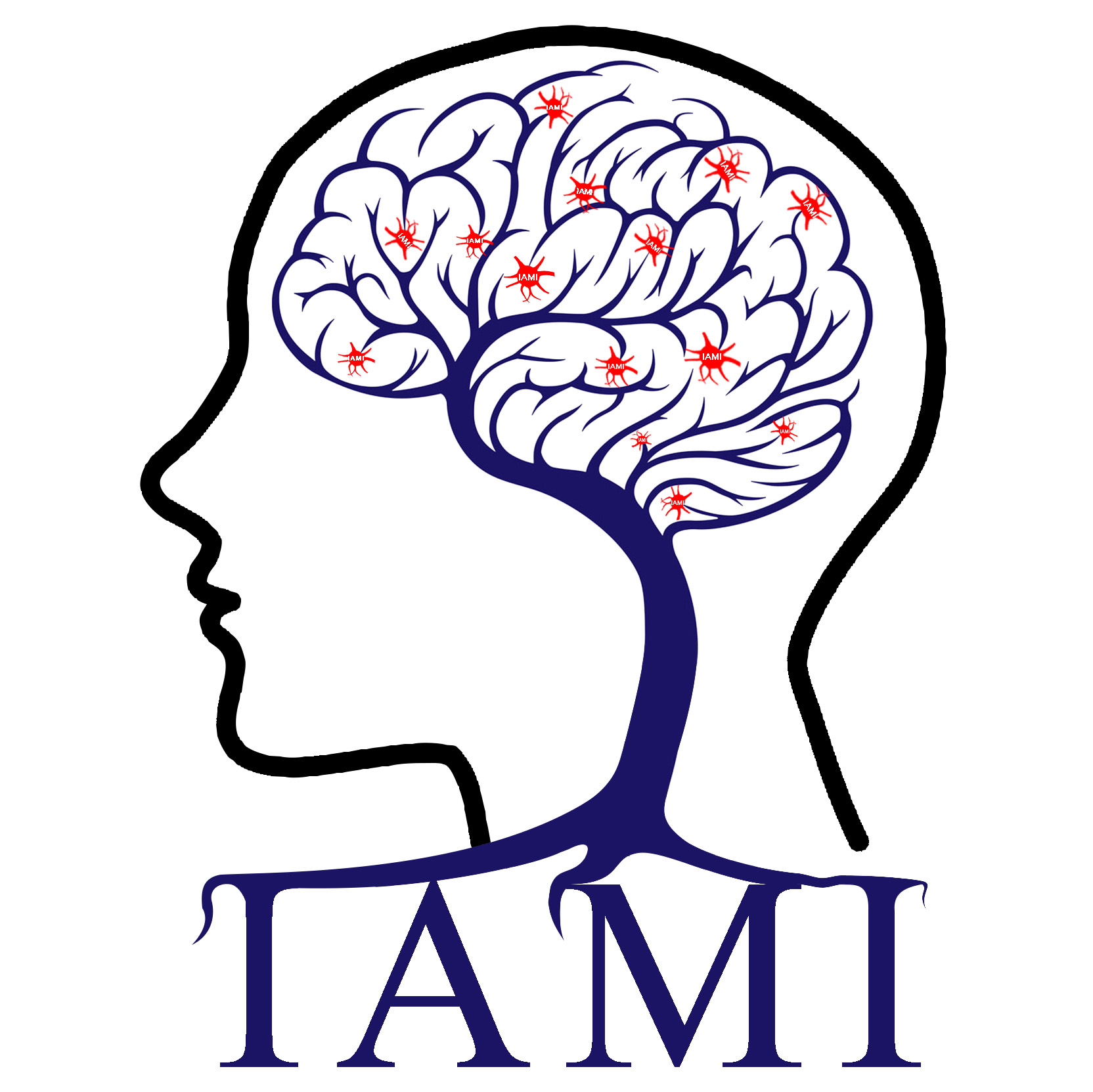
Yuhui Du Personal Website-Intelligent Analysis of Medical Image
Address:Taiyuan, China
Jiayu Chen, Vince D Calhoun, Dongdong Lin, Nora I Perrone-Bizzozero, Juan R Bustillo, Godfrey D Pearlson, Steven G Potkin, Theo GM Van Erp, Fabio Macciardi, Stefan Ehrlich, Beng-Choon Ho, Scott R Sponheim, Lei Wang, Julia M Stephen, Andrew R Mayer, Faith M Hanlon, Rex E Jung, Brett A Clementz, Matcheri S Keshavan, Elliot S Gershon, John A Sweeney, Carol A Tamminga, Ole A Andreassen, Ingrid Agartz, Lars T Westlye, Jing Sui*, Yuhui Du, Jessica A Turner, Jingyu Liu*. Shared genetic risk of schizophrenia and gray matter reduction in 6p22. 1. Schizophrenia bulletin, 2019, 45(1): 222-232.
时间:2020-06-19 22:40:22 来源: 点击:[957]
Abstract
Genetic factors are known to influence both risk for schizophrenia (SZ) and variation in brain structure. A pressing question is whether the genetic underpinnings of brain phenotype and the disorder overlap. Using multivariate analytic methods and focusing on 1,402 common single-nucleotide polymorphisms (SNPs) mapped from the Psychiatric Genomics Consortium (PGC) 108 regions, in 777 discovery samples, we identified 39 SNPs to be significantly associated with SZ-discriminating gray matter volume (GMV) reduction in inferior parietal and superior temporal regions. The findings were replicated in 609 independent samples. These 39 SNPs in chr6:28308034-28684183 (6p22.1), the most significant SZ-risk region reported by PGC, showed regulatory effects on both DNA methylation and gene expression of postmortem brain tissue and saliva. Furthermore, the regulated methylation site and gene showed significantly different levels of methylation and expression in the prefrontal cortex between cases and controls. In addition, for one regulated methylation site we observed a significant in vivo methylation-GMV association in saliva, suggesting a potential SNP-methylation-GMV pathway. Notably, the risk alleles inferred for GMV reduction from in vivo imaging are all consistent with the risk alleles for SZ inferred from postmortem data. Collectively, we provide evidence for shared genetic risk of SZ and regional GMV reduction in 6p22.1 and demonstrate potential molecular mechanisms that may drive the observed in vivo associations. This study motivates dissecting SZ-risk variants to better understand their associations with focal brain phenotypes and the complex pathophysiology of the illness.

 Current location:
Current location: